Affiliate links on Android Authority may earn us a commission. Learn more.
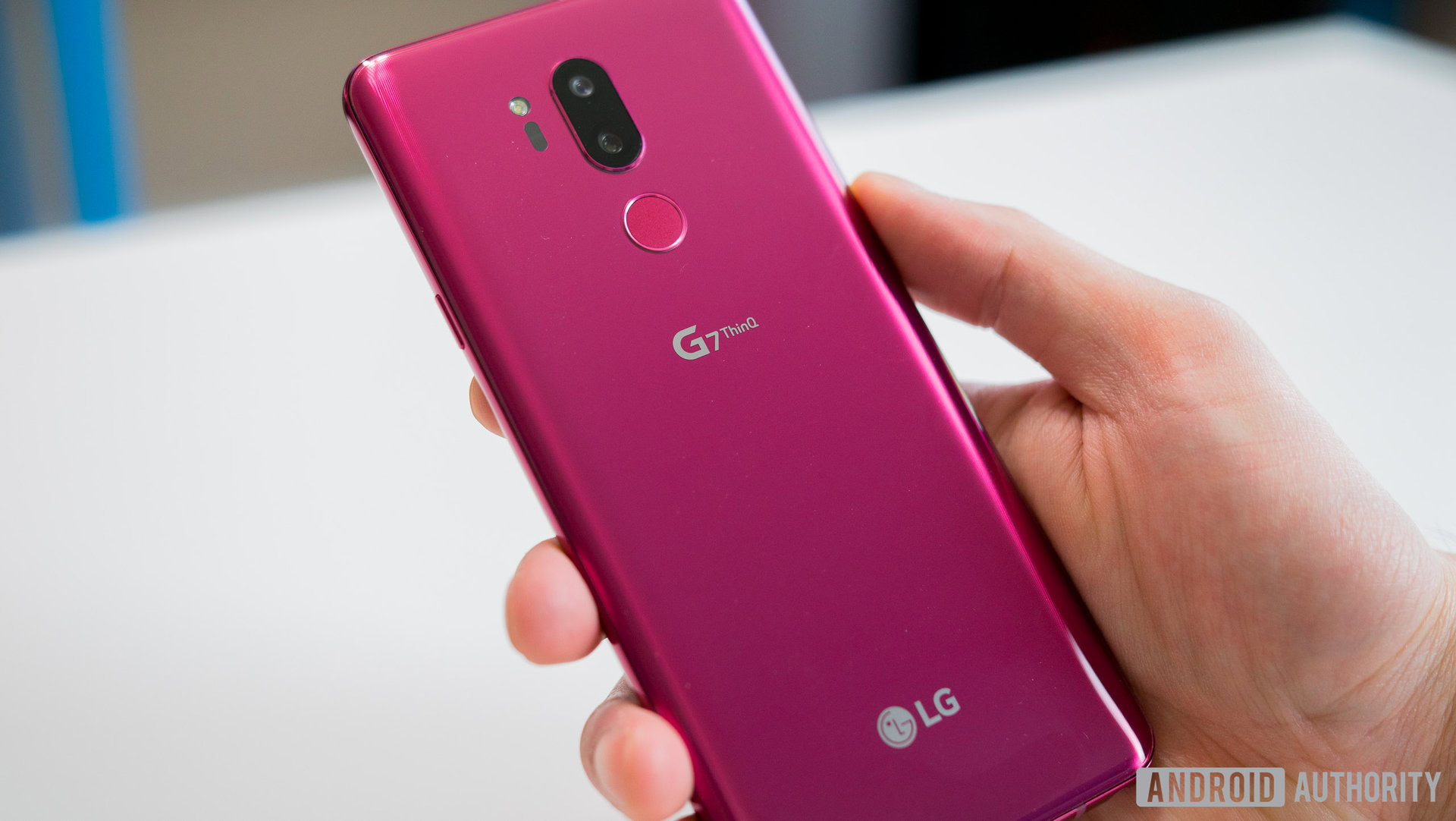
LG G7 ThinQ
What we like
What we don't like
Our scores
LG G7 ThinQ
Availability Update (6/1):
The LG G7 is now available! Buy it from the following retailers:
Original (5/14):
For the last several years LG has produced some incredible smartphones, but its smartphone portfolio has flown under most consumers’ radars. LG has always played second fiddle to Samsung and doesn’t have the marketing power to compete with Apple. This always meant the big players in the industry overshadowed LG’s products, resulting in unprofitable sales numbers which forced LG to change its smartphone strategy. The LG G7 ThinQ is the first product of that new strategy. Can it garner the attention LG deserves or will it suffer the same fate as previous LG flagships? Let’s find out in our full LG G7 review.
Read more: Best LG phones | New & Upcoming Android phones
Design

The easiest way to describe the design of the LG G7 ThinQ is it looks and feels just like a smaller LG V30. I was a big fan of the LG V30’s design. It was arguably one of the best smartphones of 2017 and it’s great to see LG bringing this design over to the G series.
Read Next: LG G7 One hands-on: Android One, but one stripped down device
The G7 ThinQ is constructed from a fairly standard smartphone formula. The front and back panels are made of glass and metal rails run along the perimeter. The back is slightly curved and the corners are rounded, giving the phone a sleek pebble-like shape which makes it comfortable to hold. There’s no texture to the glass or metal but somehow LG has managed to make the phone not feel slippery. The back glass, however, is very prone to fingerprints, which should be expected.
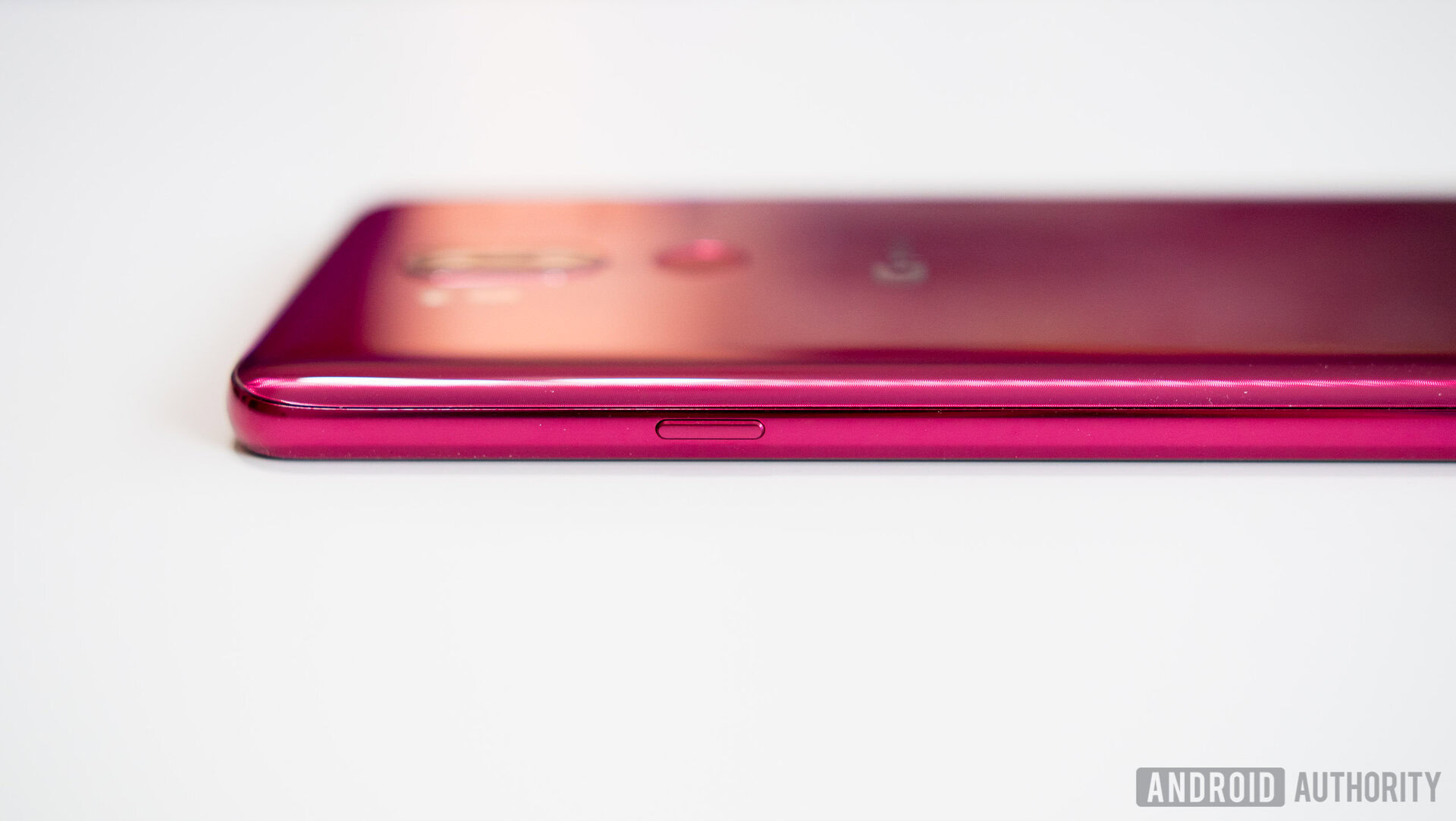
The build quality of the LG G7 ThinQ is fantastic. The phone is solid, sturdy, and its smaller size makes it easier to use in one hand than its bigger brother, the LG V30. The typical ports are all on the bottom, including a single speaker, USB Type-C port, and the highly appreciated 3.5mm headphone jack.
One of the biggest design changes is the relocation of the power button. Instead of being integrated into the rear-facing fingerprint sensor, it is now in a more traditional location on the right side. Personally, I’m sad to see this go. It was one of LG’s most iconic design characteristics. However, being able to wake the device without lifting it off a desk is a welcome convenience (even if double tap to wake was already an option). Aside from the relocation of the power button, the fingerprint sensor remains unchanged. It’s accurate, reliable, and reasonably fast, though not the fastest on the market.
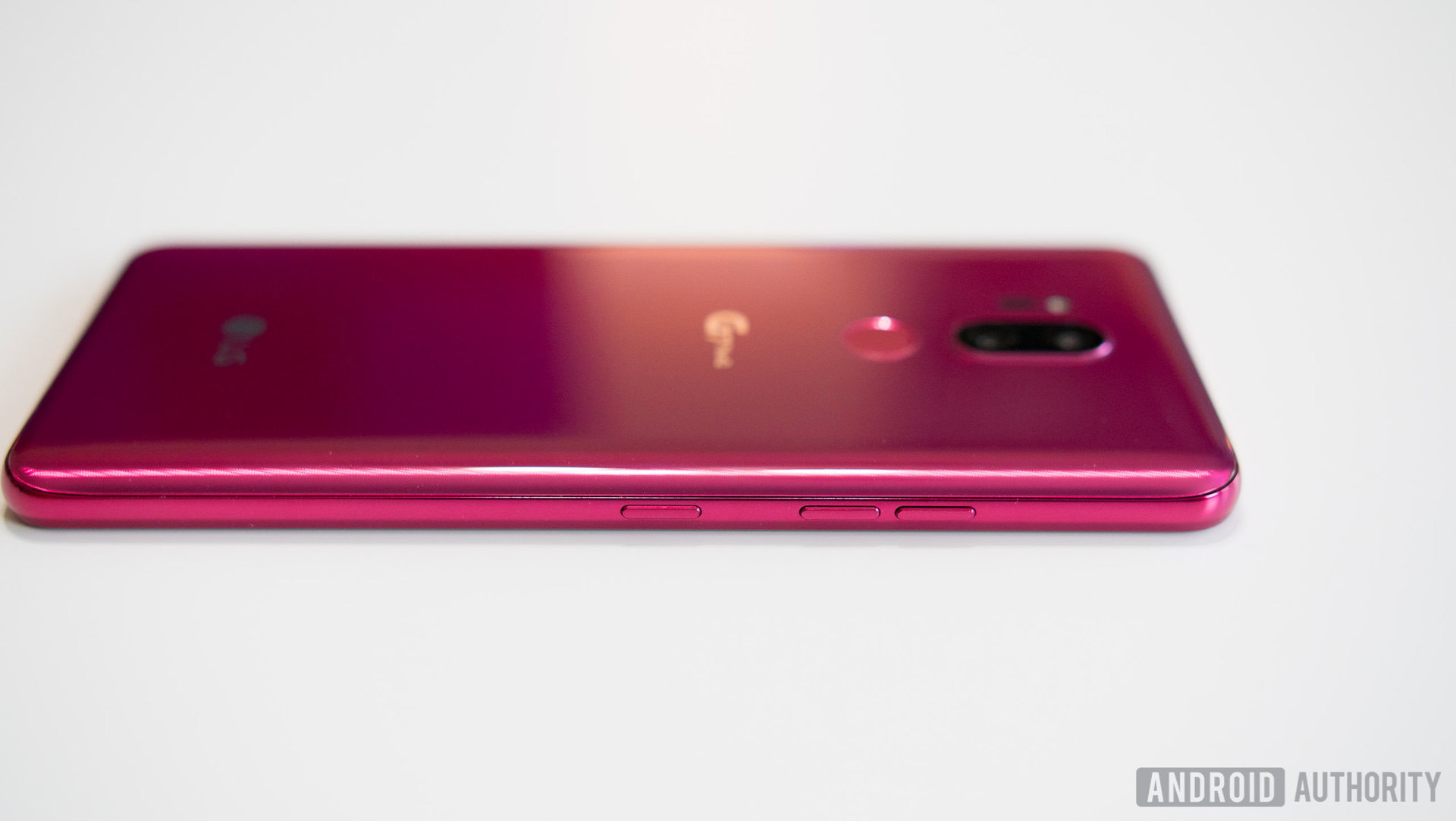
One of the biggest design changes is the relocation of the power button and the addition of a quick access AI shortcut key.
Another major change is the addition of a quick access AI shortcut key. This button sits right below the volume buttons on the left side. It’s in the same position as Samsung’s Bixby button on Galaxy devices but summons the far more useful Google Assistant. Pressing the button launches Google Assistant even if the phone is asleep, which isn’t something you can do with the on-screen Google Assistant shortcut. The button can also be held down like a walkie-talkie for the duration of your voice dictation and released when you’re done talking. You can’t remap the button, at least for now. The idea isn’t completely out the question though — LG could enable it if consumers really want it.
Display
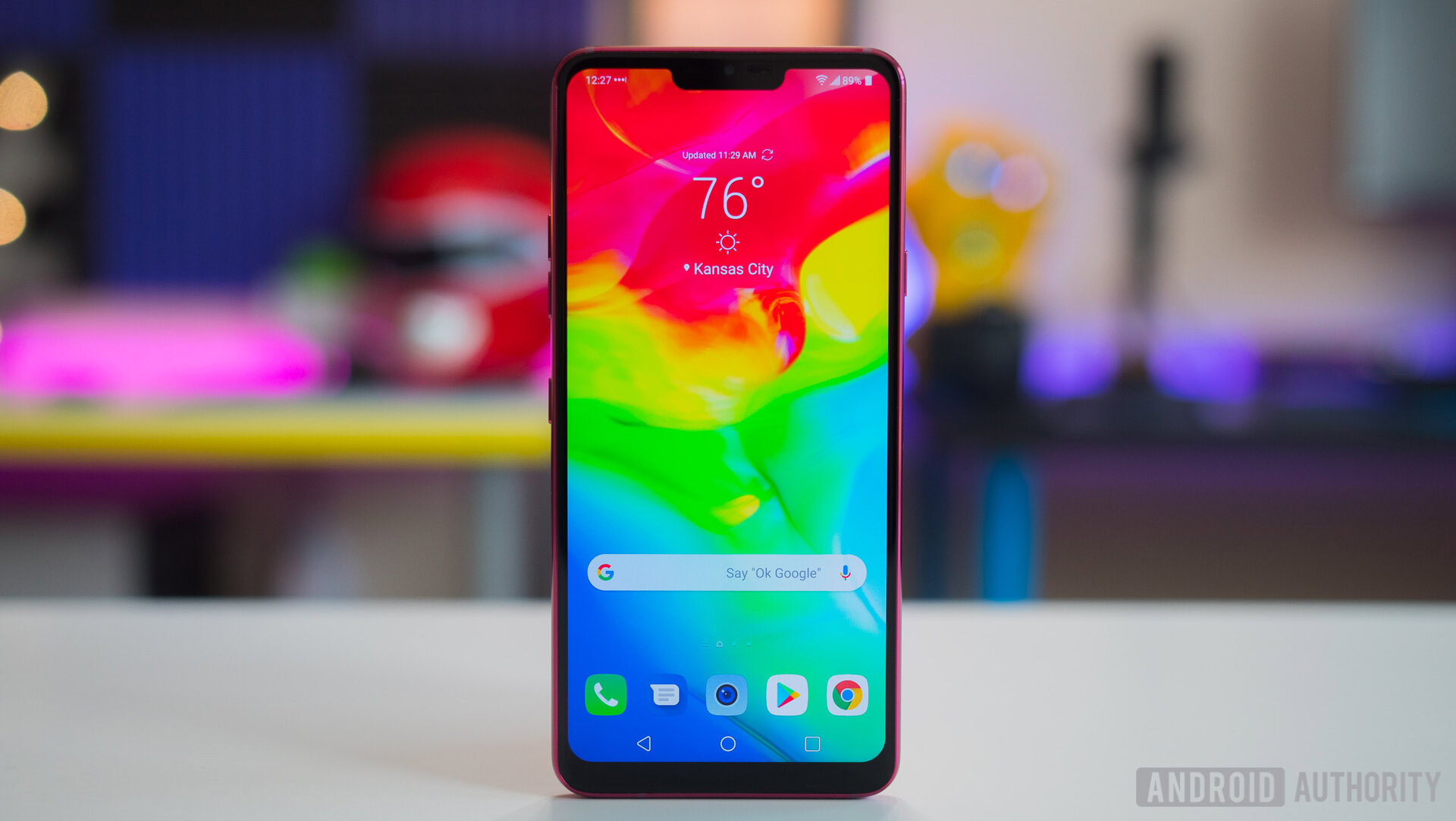
The LG G7 ThinQ is equipped with a tall and narrow 19.5:9 aspect ratio screen with thin bezels and a notch (yes, we know). The notch houses the earpiece, front-facing camera, proximity sensor, and ambient light sensor but does nothing special otherwise.
If you're not a fan of the notch, LG's software allows for the areas around it to be turned black, effectively camouflaging it as a normal bezel
LG calls the notch area the “New Second Screen” — effectively staking its claim as the originator of the notch idea — but it’s a confusing choice, since it adds no extra functionality like secondary screens on previous LG phones. If you’re not a fan of the notch, LG’s software allows for the areas around it to be turned black, effectively camouflaging it as a normal bezel. The areas around the notch can also be customized with different colors and gradients. This felt like a cheap parlor trick to me and made the notch stand out even more.
Fortunately, the notch does not interfere with content like videos or games. Instead of overlapping the content like it does on the iPhone X, the notch on the G7 ThinQ automatically turns into a black bezel and content does not extend beyond this area.

Despite the notch, the LG G7 ThinQ’s display is phenomenal. The screen is a 6.1-inch IPS LCD with a crisp and sharp 3,120 x 1,440 resolution. It’s no OLED, but the display is vibrant, colorful, and a pleasure to use for consuming media. Colors of the display can be tweaked to your liking through the display settings with RGB and color temperature sliders, as well as a variety of display modes. I found the default settings to be plenty satisfactory though.
Read Next: Display showdown: AMOLED vs LCD vs Retina vs Infinity Display
The brightness boost is especially useful in direct sunlight where screens can be most troublesome to read. At 1,000 nits, the G7 ThinQ's screen is very easy to see.
LG calls this display a Super Bright Display. It’s capable of going up to 1,000 nits in brightness because LG added a white subpixel to the standard RGB subpixel arrangement to boost brightness. This can be enabled by tapping the brightness boost toggle next to the brightness slider allowing the screen to go beyond the slider’s maximum brightness. The brightness boost is especially useful in direct sunlight where screens can be most troublesome to read. At 1,000 nits, the G7 ThinQ’s screen is very easy to see.
Performance
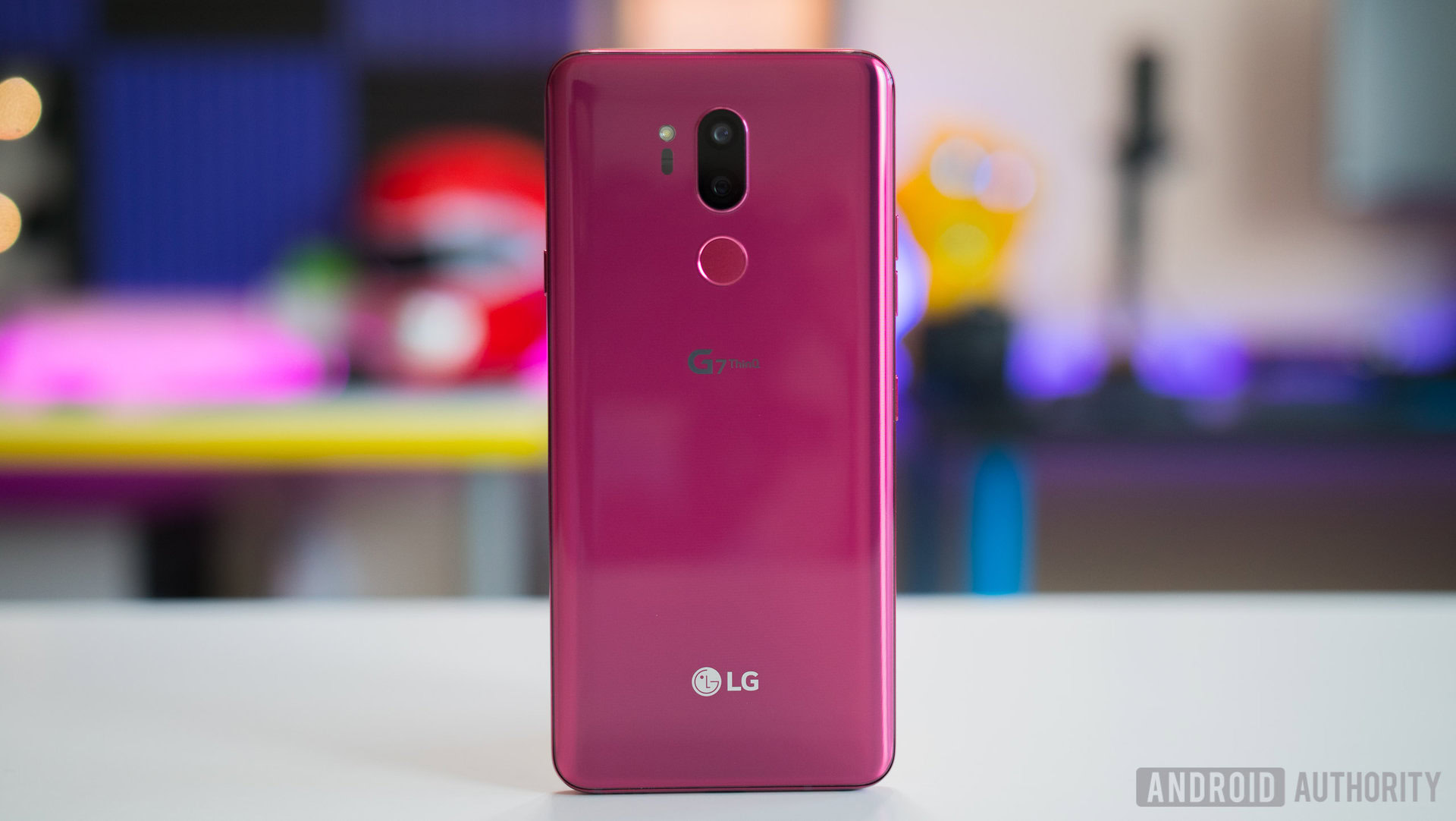
The LG G7 ThinQ comes with the most powerful specifications available for a 2018 flagship. It packs a Snapdragon 845 processor with 4GB of RAM and 64GB of onboard storage or 6GB of RAM and 128GB of storage.
The LG G7 ThinQ comes with the most powerful specifications available for a 2018 flagship.
The device performed as expected, with fast and fluid animations, excellent touch response, and quick performance all around when launching applications or playing games. Jumping through multiple applications posed no problems and it can run any game you’ll find in the Play Store with excellent graphics and smooth gameplay. Real world performance certainly lives up to the benchmark numbers and the G7 ThinQ didn’t struggle with any task I threw at it.
Read More:
Battery life
Battery life performance is good but not as impressive as the rest of the phone’s specs. The 3,000mAh battery isn’t small, but many competing flagships in its class have larger cells. Even 2017’s G6 had a bigger battery. Regardless, the G7 ThinQ can last a full day but only into the early evening.
If you're a big mobile gamer or you stream a lot of content on your device, expect to charge the G7 ThinQ at least once throughout the day.
It’s not going to get you into the late night hours without a recharge unless your usage is kept fairly light. If you’re a big mobile gamer or you stream a lot of content on your device, expect to charge the G7 ThinQ at least once throughout the day. Fortunately, charging can be done rapidly via Qualcomm’s Quick Charge 4.0 or through wireless charging, as the LG G7 supports both wireless charging standards.
Hardware
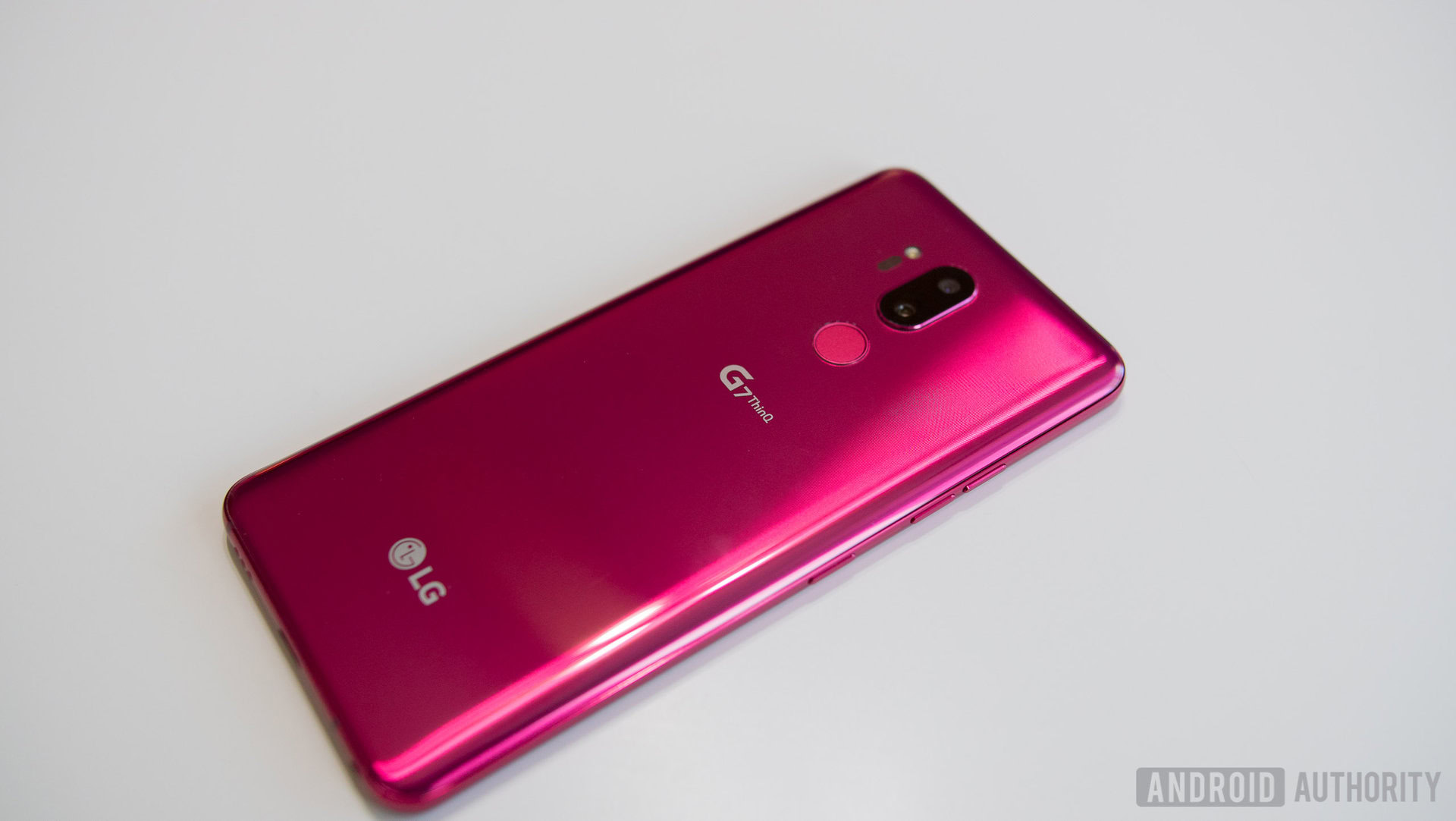
With the LG G7 ThinQ, LG has continued to put a big emphasis on audio. LG’s signature quad DAC is back again which provides for higher quality sound, less distortion, less noise, and better dynamic range and it’s a feature that owners of high impedance headphones will greatly appreciate.
In addition to the quad DAC, LG has implemented DTS:X 3D surround sound or virtual surround sound. This is designed to give you a surround sound experience through stereo speakers (or headphones in the case of the G7 ThinQ). It can give you a surround sound-like experience with non-DTS :X files by altering the soundstage, but it just isn’t as impressive.
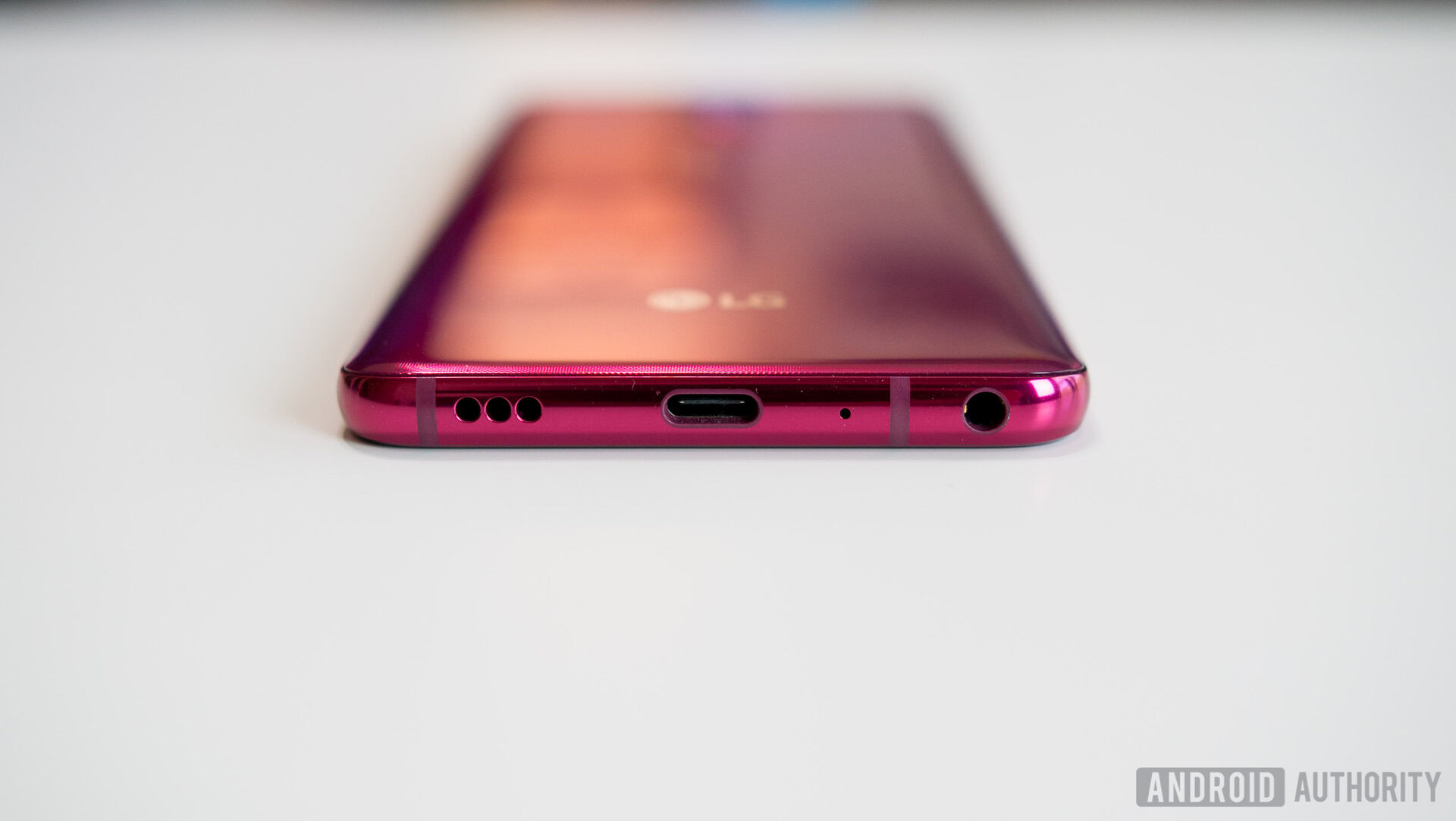
It doesn't compare to stereo speakers but it's a neat trick and I was impressed by how much louder the speaker gets by just simply placing the phone on my desk.
LG’s most significant audio improvement is the G7 ThinQ’s single bottom firing speaker. Single speakers usually aren’t worth talking about, but this one uses the space inside of the phone as a resonance chamber. You can literally feel vibrations from the sound moving through the phone as you listen to music or watch a video and setting the phone in or on a hollow container or any ordinary hard surface will amplify the sound. It doesn’t compare to stereo speakers but it’s a neat trick and I was impressed by how much louder the speaker gets by just simply placing the phone on my desk.
The phone also features a microSD slot for extra storage and IP68 dust and water resistance for that added peace of mind should your device get wet.
Camera
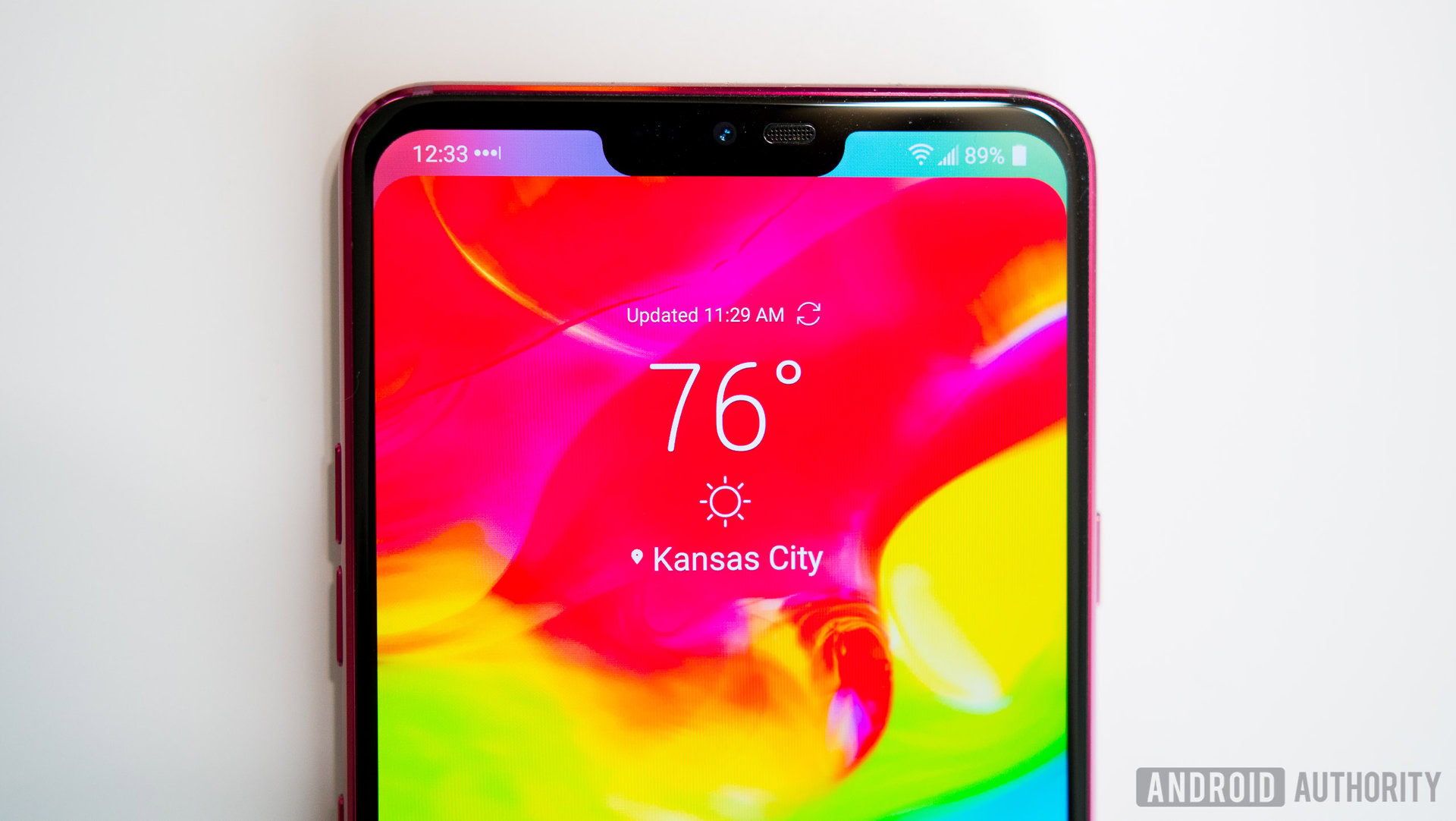
LG has finally upgraded its front-facing camera. The LG G7 ThinQ now has an 8MP front-facing camera, which is great news for selfie lovers. The extra resolution makes a huge difference in detail, sharpness, and provides more room to crop your images. Selfies from the G7 ThinQ look great, with good color reproduction and natural skin tones.
LG also added portrait mode into the G7 ThinQ — a first for LG phones. It’s a great addition if you want that artificial background blur for a more professional look, but it isn’t perfect. There were times where it bled into the foreground, blurring out parts of my hair, glasses, or my ears. In most situations, though, the blur was convincing. Portrait mode results on the rear camera felt more consistent, as it did a better job separating complex subjects from the background. This is likely due to two cameras being used to achieve the effect instead of relying on software with the front camera.
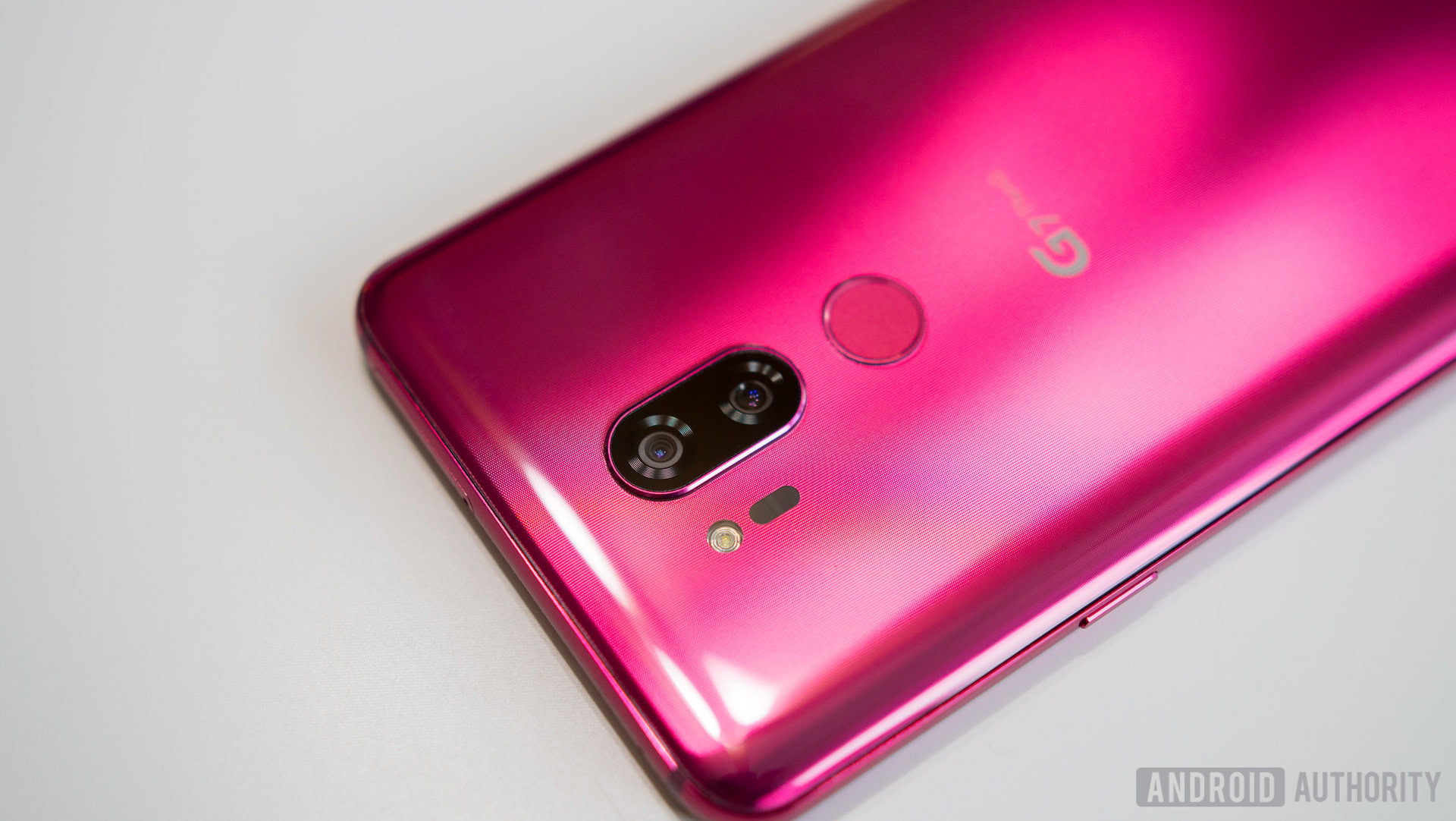
The wide angle has been reduced to a 107-degree field-of-view from previous generations, but this eliminated barrel distortion on the edges of photos.
On the rear, the LG G7 ThinQ utilizes LG’s signature standard and wide angle lens combo. Both sensors are 16MP, meaning there’s no longer a loss in resolution when switching sensors. The main sensor is still the superior lens when it comes to quality. It has a brighter f/1.6 aperture compared to the f/1.9 of the wide angle and also has OIS. The main benefit to the wide angle is, of course, fitting more into the frame — it’s great for landscapes or group selfies. The wide angle has been reduced to a 107-degree field-of-view from previous generations, but this has eliminated barrel distortion on the edges of photos. It’s still a ton of fun to use and the reduction in field-of-view isn’t very noticeable.
The LG G7 ThinQ is packed to the gills with camera features. DSLR-like manual controls for both photo and video remain intact, with Cine-log being the only notable feature missing. This looks to be reserved strictly for the V series for the time being, but LG has brought over the AI cam first introduced on the V30S ThinQ.
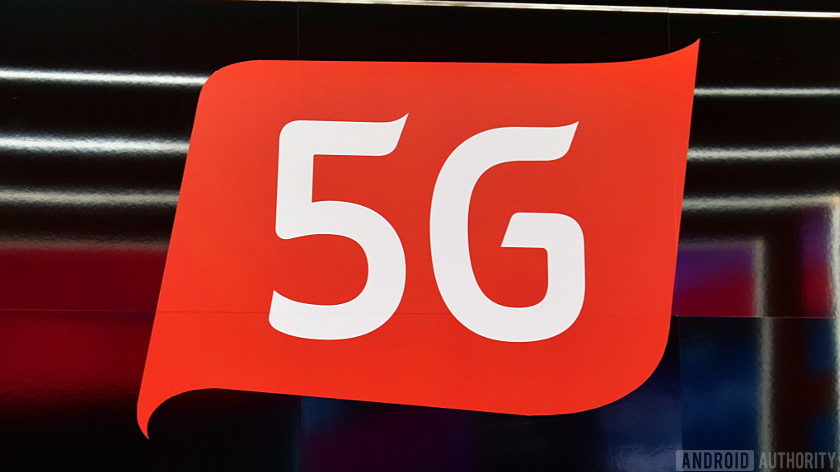
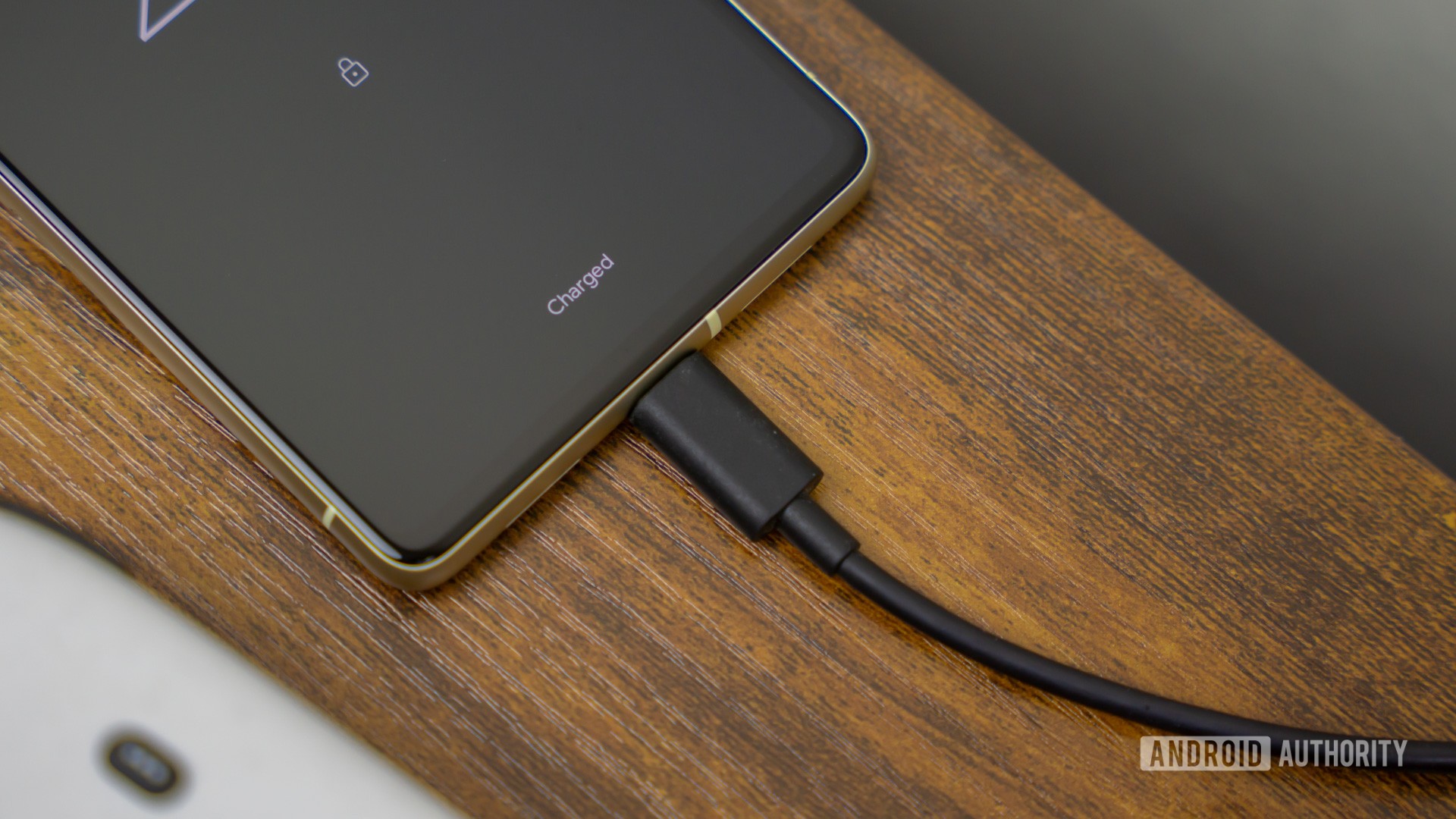
The AI cam is capable of analyzing the scene and subjects within the scene and automatically providing filters resulting in (hopefully) a better looking image. The camera recognizes what it’s looking at fairly quickly most of the time, but I was never fond of the filters it provided. I often preferred the results from the camera without the use of AI. It’s a neat feature if you want the camera to do most of the leg work processing your images, but if you like having full control from start to finish, you probably won’t find it all too useful.
Photos from the main camera are very good with pleasant colors that aren’t overly saturated and crisp details. Dynamic range is well above average, preserving a good amount of detail in the shadows and highlights. In low light situations, the camera maintains plenty of detail and color, keeping noise to a minimum — at least on the main sensor. Results from the wide angle lens tend to be more washed out with excessive noise. Its narrower aperture and lack of OIS means it has to rely on higher ISOs to create a brighter image.
If the scene is too dark the camera’s “Super Bright Mode” will kick in to flood in more light. This uses pixel binning like Huawei’s P20 Pro, combining four pixels into one. Photos taken with this mode are lower resolution and the results looked muddy in comparison to a normal low light photo.
Software
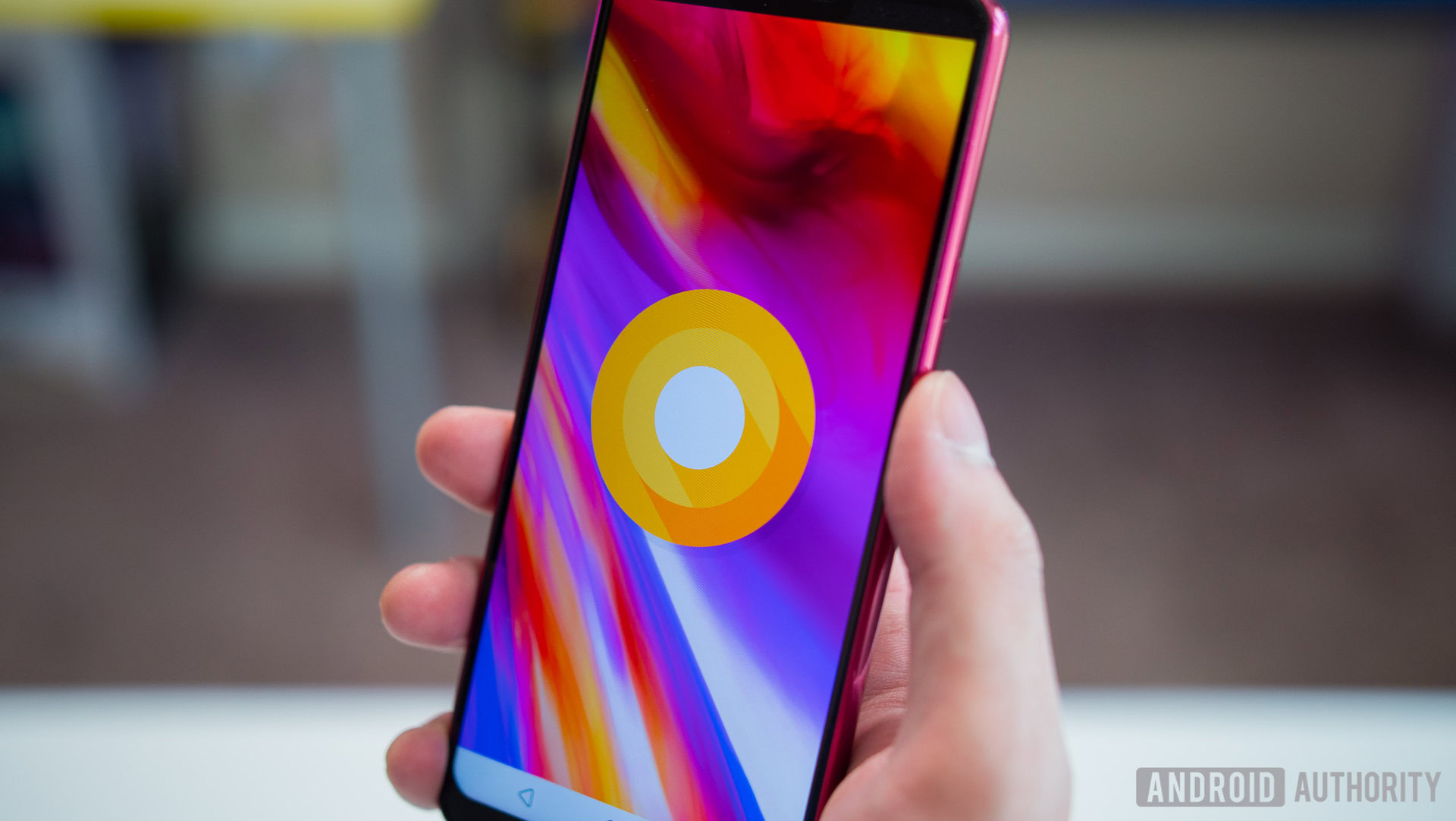
The software experience on the G7 ThinQ will be a familiar one to anyone who’s used an LG smartphone in recent years. LG’s software has made significant strides, with less bloatware, a cleaner interface, and better app design. It’s fairly easy on the eyes, with a muted color scheme throughout the UI elements, fluid animations, and easy-to-read fonts.
There are a plethora of options to customize the UI how you want it. By default, the launcher does not have an app drawer, but a traditional app drawer button can be added or a more Pixel-like swipe up gesture can be used. LG’s theme engine allows for further customization with additional wallpapers, icon packs, UI themes, and always-on display clocks.
LG's software has made significant strides, with less bloatware, a cleaner interface, and better app design.
You also have the floating bar previously introduced in the LG V30 to replace the old hardware-based secondary screen. This gives quick access to selected applications, music controls, contacts, and other quick actions such as taking a selfie. Many of LG’s other software features, like Smart Bulletin, KnockON, and gaming tools, are just like they were in other LG phones, while some of them have received a slight face lift. Smart Settings has been renamed to Context Awareness, though its functions for automating tasks when certain conditions are met remain the same.
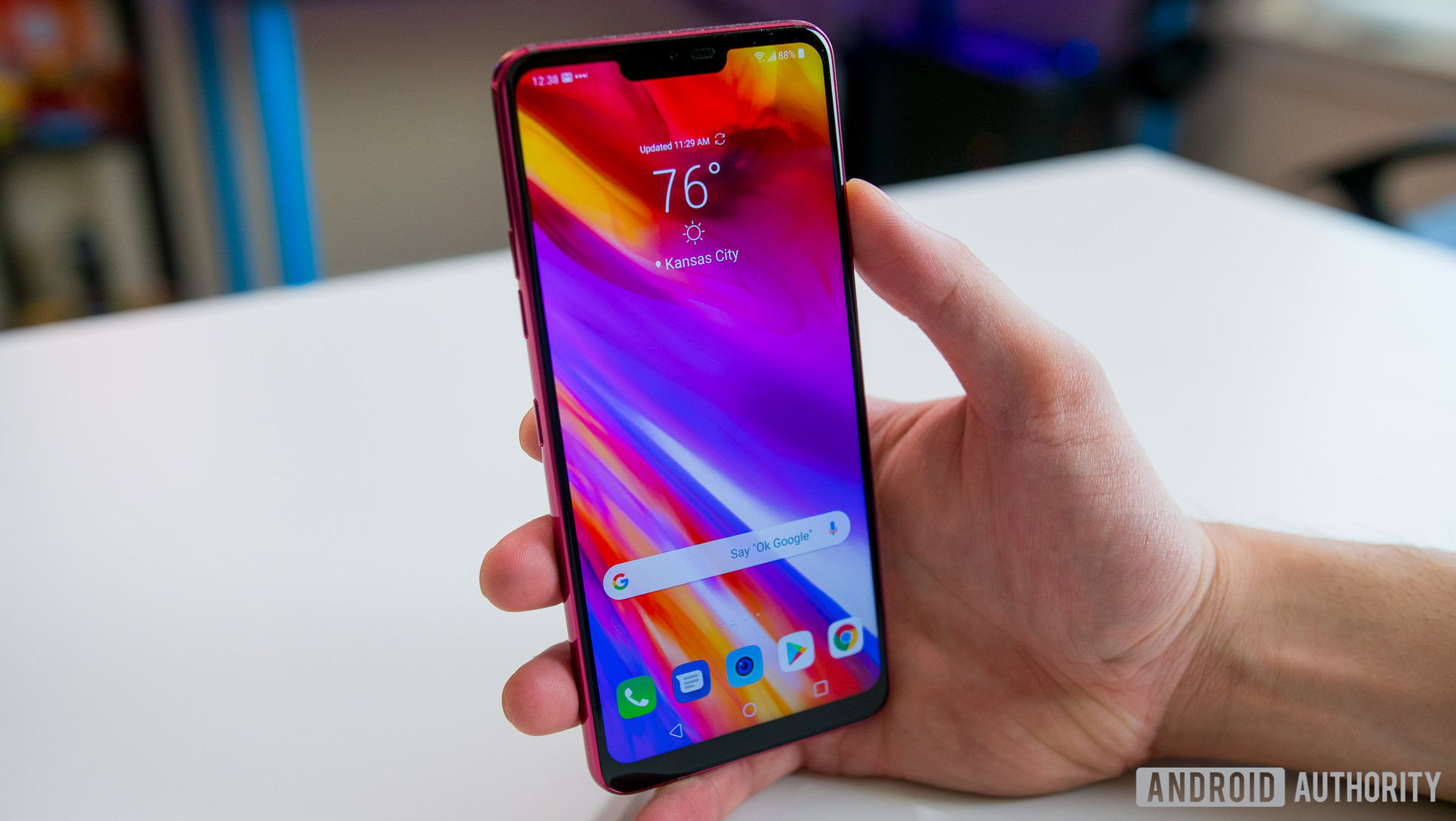
LG’s software is based on Android 8.0 Oreo instead of 8.1. Given that the 8.1 update is relatively minor it isn’t that big of a deal, but this is a 2018 flagship so it would have been nice to have the newest version of Android at the time out of the box. LG doesn’t have the best track record when it comes to updates and if you have a carrier version it could be a while before it sees this update.
Gallery
Specifications
| LG G7 ThinQ | |
|---|---|
Display | 6.1-inch LCD FullVision display 3,120 x 1,440 resolution 1,000-nit brightness 19.5:9 aspect ratio Corning Gorilla Glass 5 |
SoC | Qualcomm Snapdragon 845 2.8GHz, octa-core |
GPU | Adreno 630 |
RAM | 4/6GB |
Storage | 64/128GB MicroSD expansion up to 2TB |
Cameras | Rear Main camera: 16MP sensor, ƒ/1.6 aperture, 71° field-of-view, 1.0µm pixel size Secondary camera: 16MP sensor, ƒ/1.9 aperture, Crystal Clear Lens, 107° field-of-view, 1.0µm pixel size Front 8MP sensor, ƒ/1.9 aperture, 80° field-of-view |
Audio | Boombox Speaker DTS:X 3D Surround Sound Hi-Fi Quad DAC 3.5mm headphone jack |
Battery | 3,000mAh Non-removable Quick Charge 3.0 Qi wireless charging USB Type-C port |
IP rating | IP68 MIL-STD 810G certification |
Connectivity | Wi-Fi 802.11ac Bluetooth 5.0 NFC |
Software | Android 8.0 Oreo LG UX with AI Pack 2.0 |
Dimensions and weight | 153.2 x 71.9 x 7.9mm 162g |
Colors | new platinum gray, new aurora black, new moroccan blue, raspberry rose |
Pricing & final thoughts
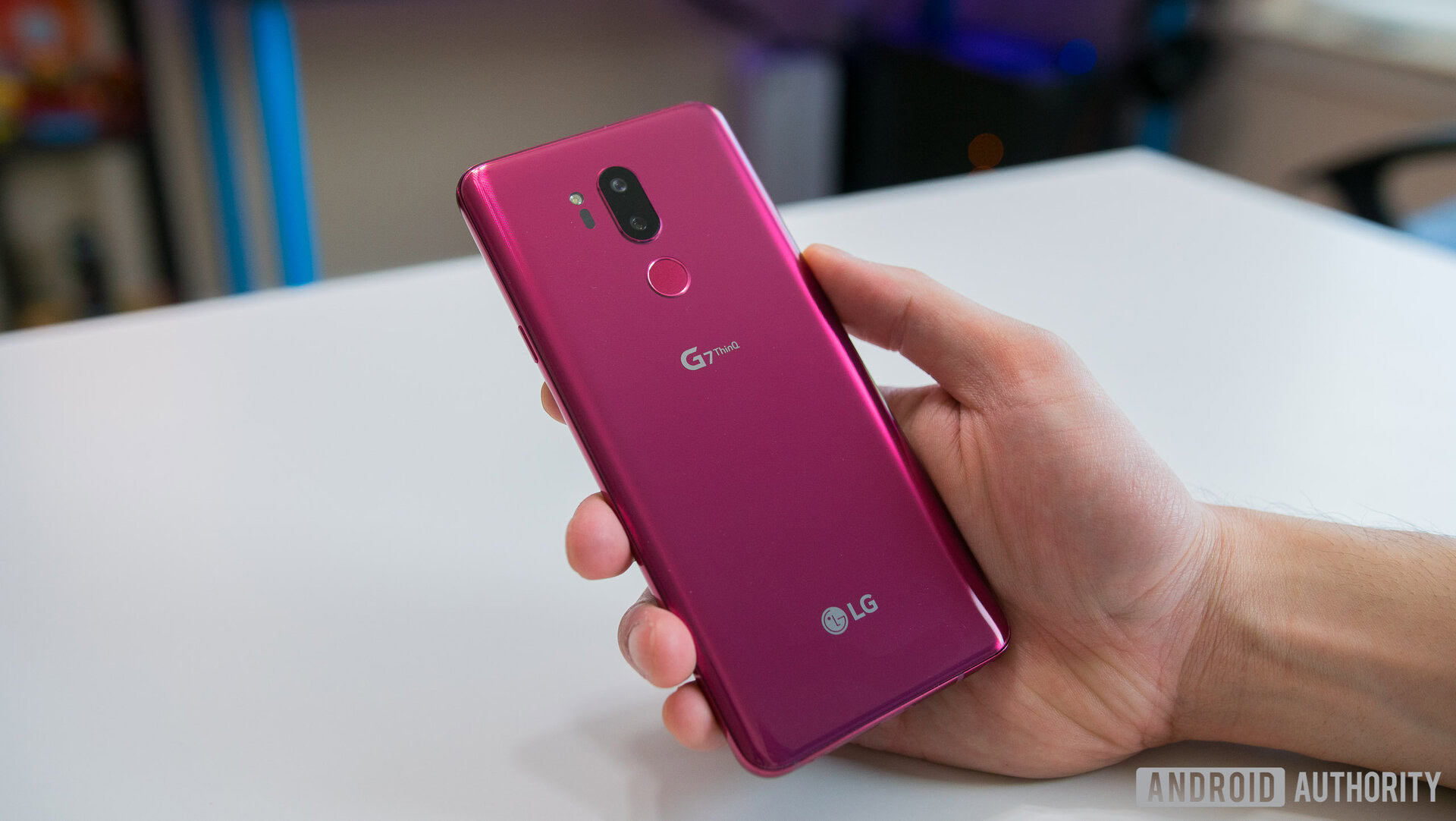
The LG G7 ThinQ on all major U.S. carriers with the exception of AT&T. The phone first launched at a starting price of around $700, but you can now buy it for $399.99.
The LG G7 ThinQ is another fantastic smartphone. It doesn’t do anything especially groundbreaking, but there’s a lot to like about this phone. It has a gorgeous super bright display, a great design, an excellent camera with AI, and a dedicated Google Assistant button. The audio experience we’ve come to know and love from LG has gotten even better with DTS:X and the new boombox speaker.
Battery life could be better and some may not like the inclusion of a notch, but I didn’t find either one to be a deal breaker. The LG G7 ThinQ certainly has the firepower to go toe-to-toe with its competition. LG deserves more attention from consumers and if you haven’t considered an LG device in the past, the LG G7 ThinQ wouldn’t be a bad place to start.
So that’s it for our LG G7 review. What do you think of LG G7 ThinQ? Let us know down in the comments.
More LG G7 ThinQ coverage
Intrigued by the LG G7 ThinQ? We have more coverage to satisfy your thirst for ThinQ.
- LG G7 First Look: Our first impression of the new LG flagship.
- LG G7 ThinQ specs: Includes full specification table.
- LG G7 ThinQ vs the competition: Spec comparison with phones like Samsung Galaxy S9, iPhone X and HUAWEI P20 Pro.
- DTS:X virtual surround sound explained: Learn everything there is to know about the LG G7’s support for DTS:X surround sound.
- LG G7 ThinQ top features: LG’s new G7 ThinQ has a ton of features, but we decided to take our top seven and stuff them into one article.
- LG G7 ThinQ vs LG G6: What you get with the 2018 LG flagship model compared to the G6.
- Common LG G7 ThinQ problems and how to fix them: Hands-on guide.